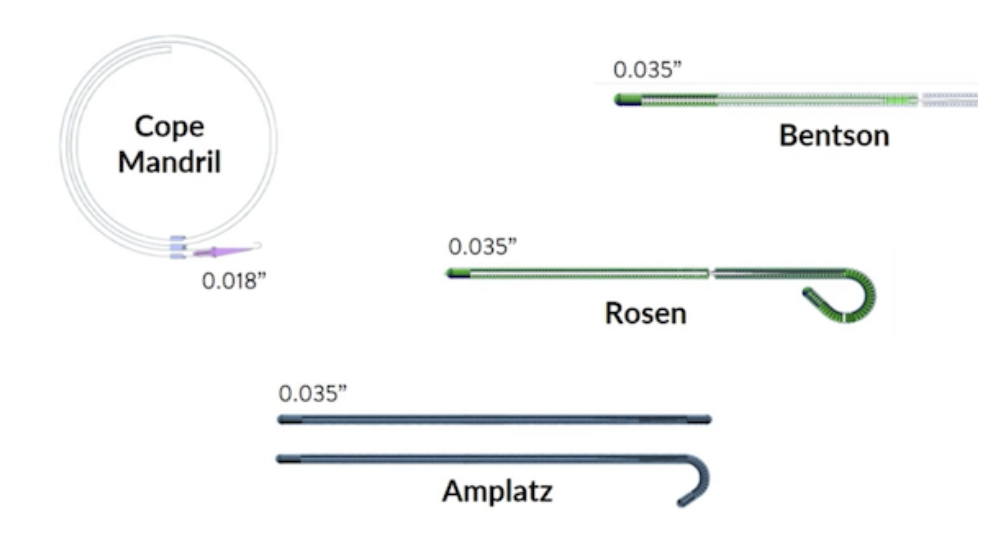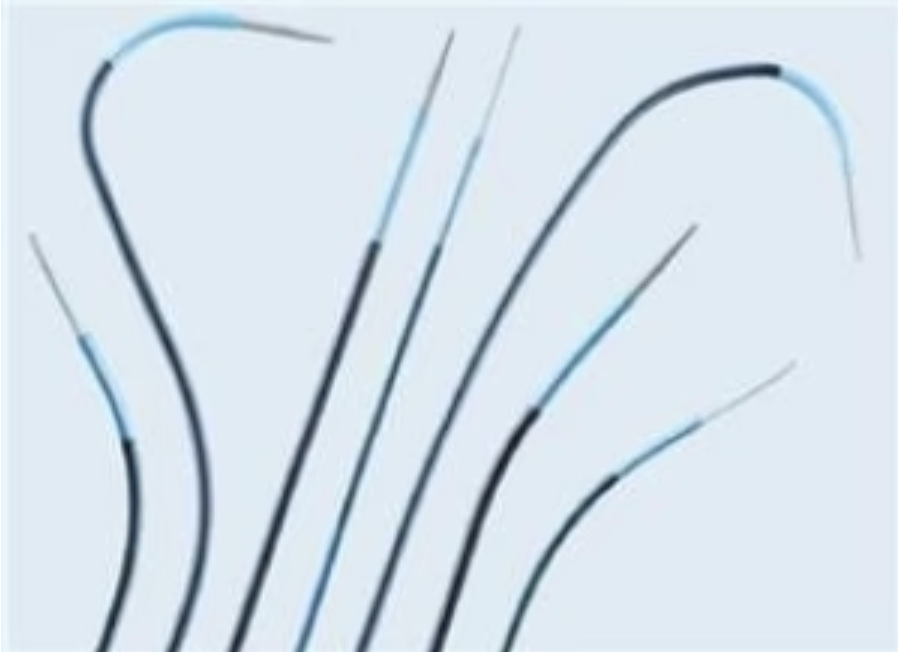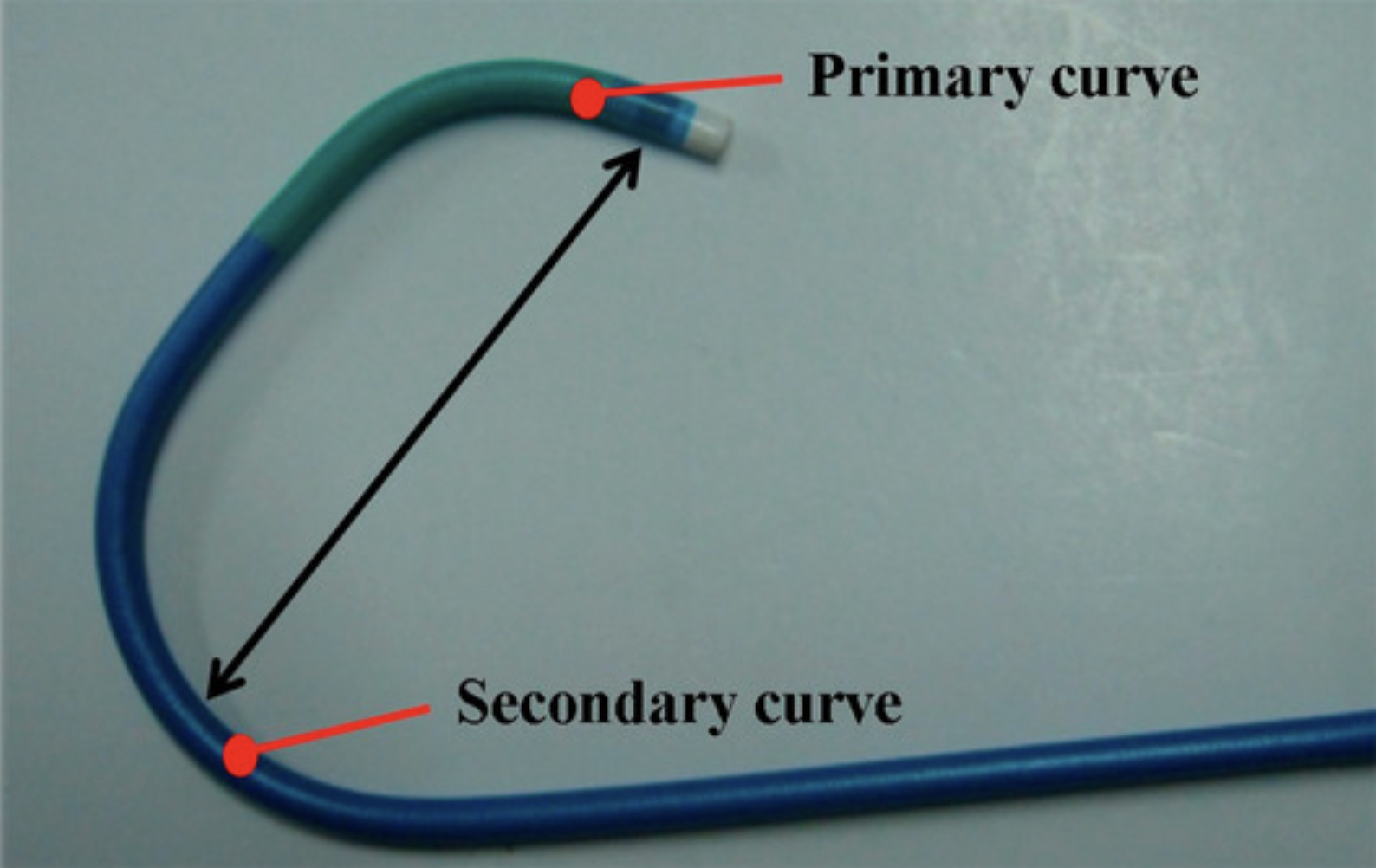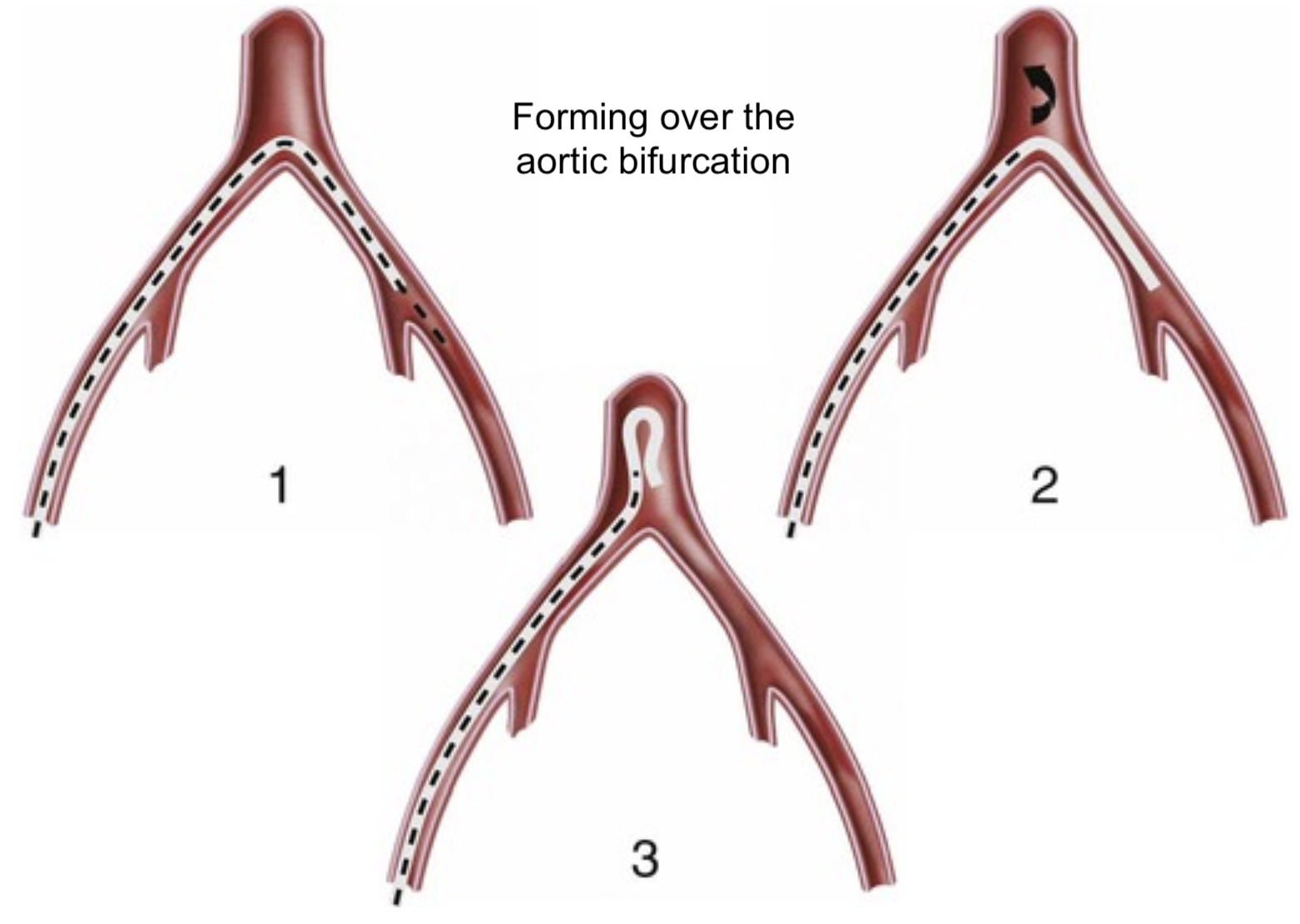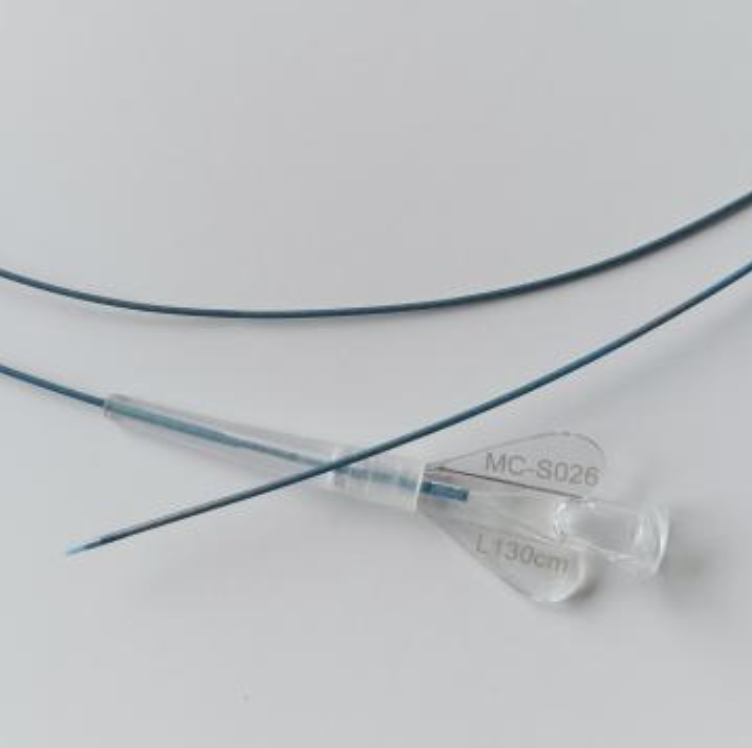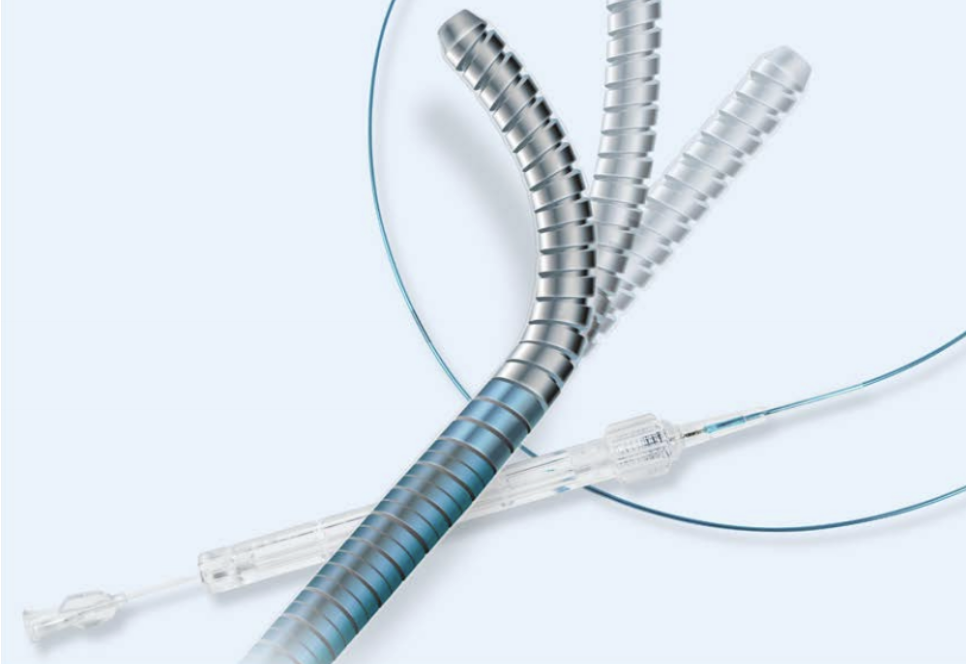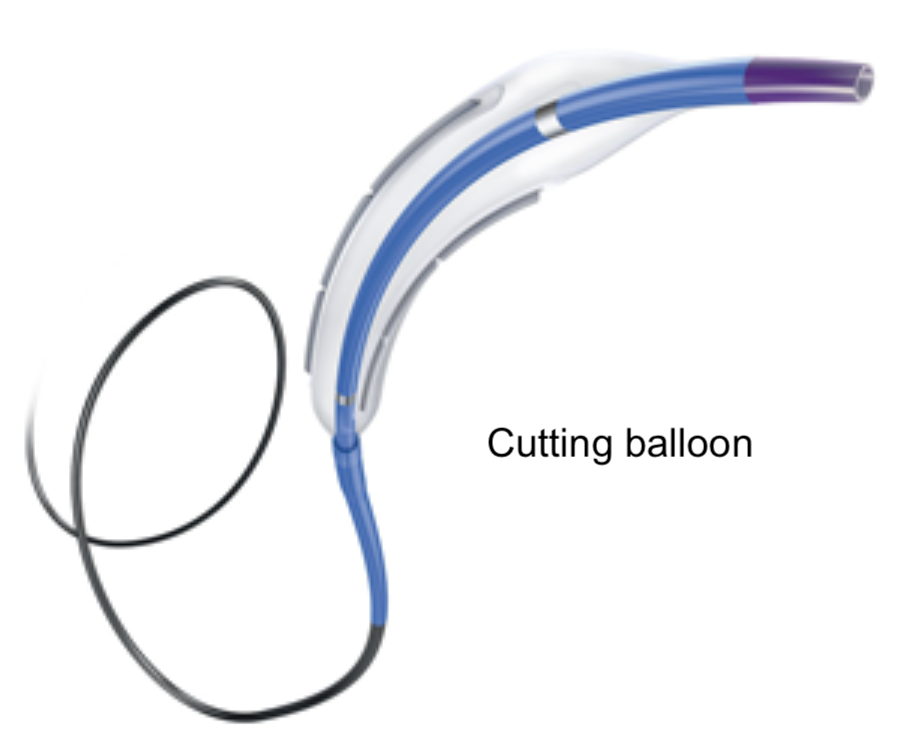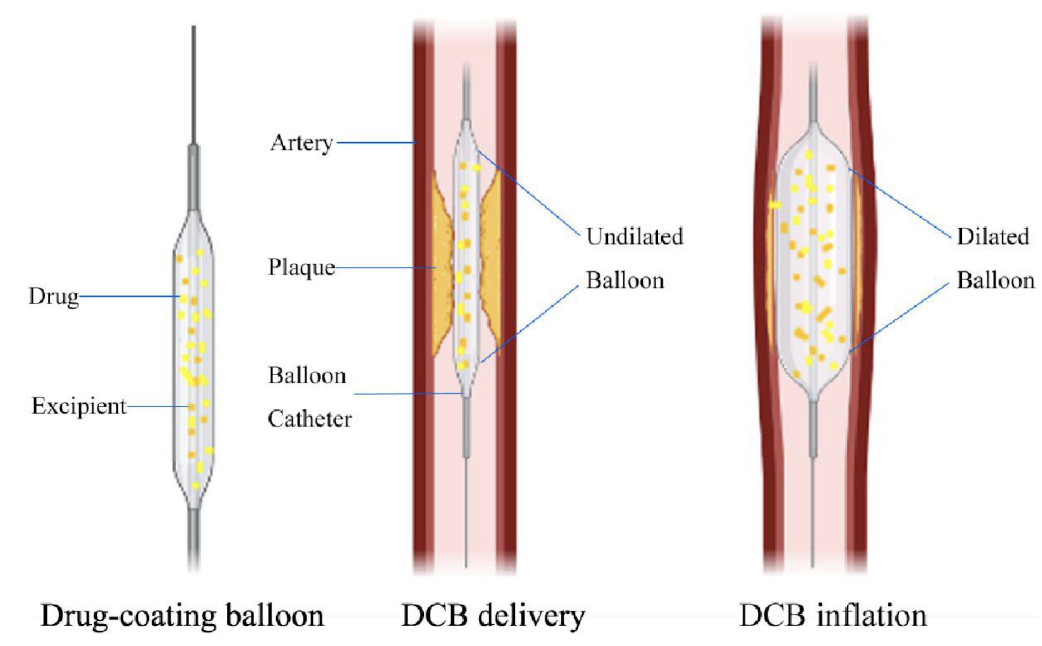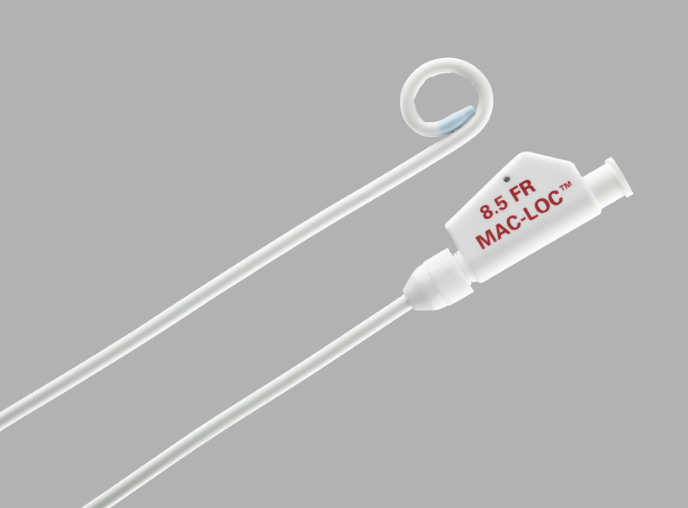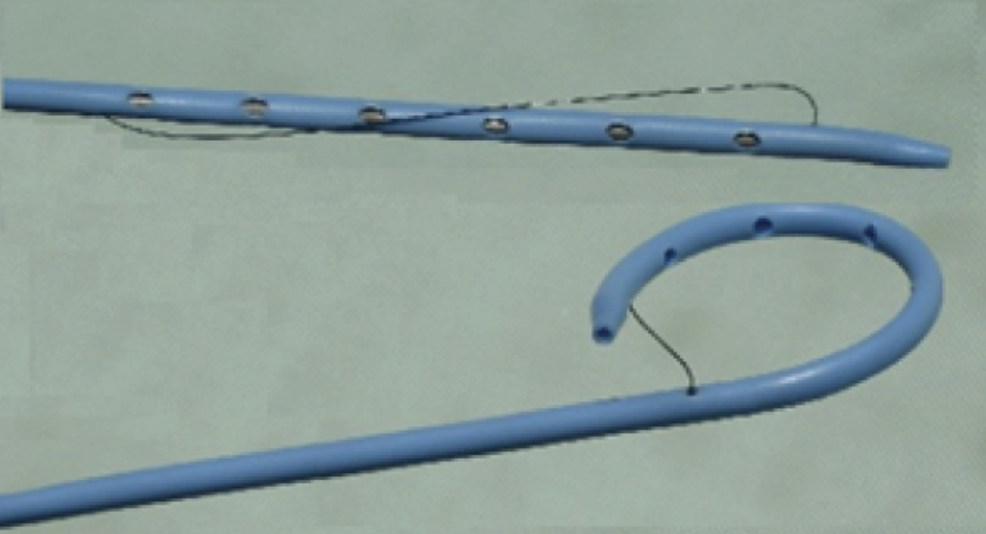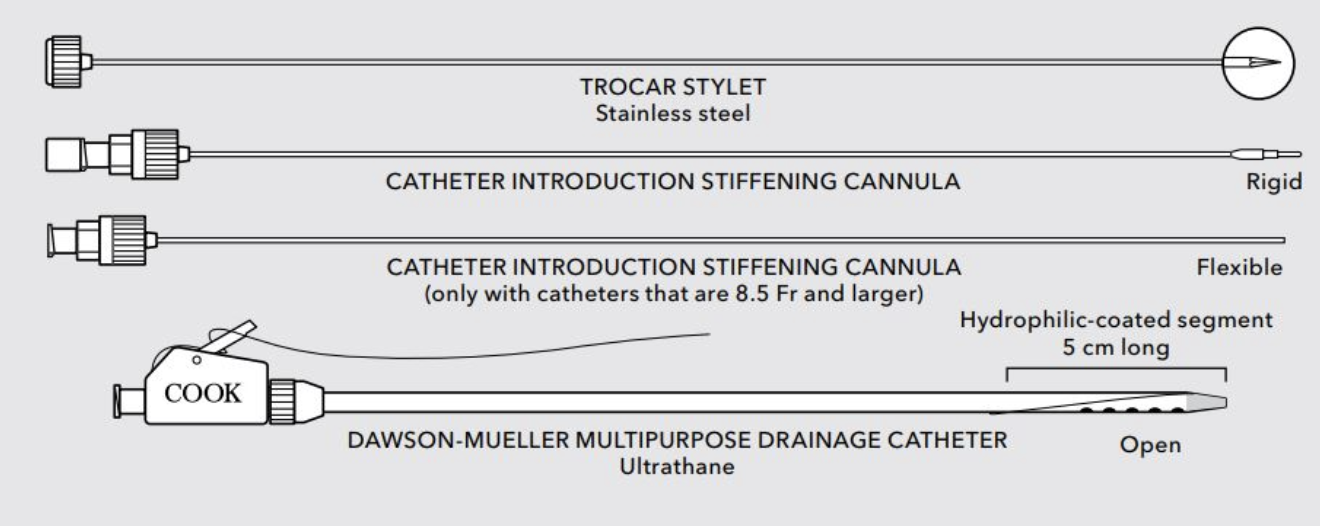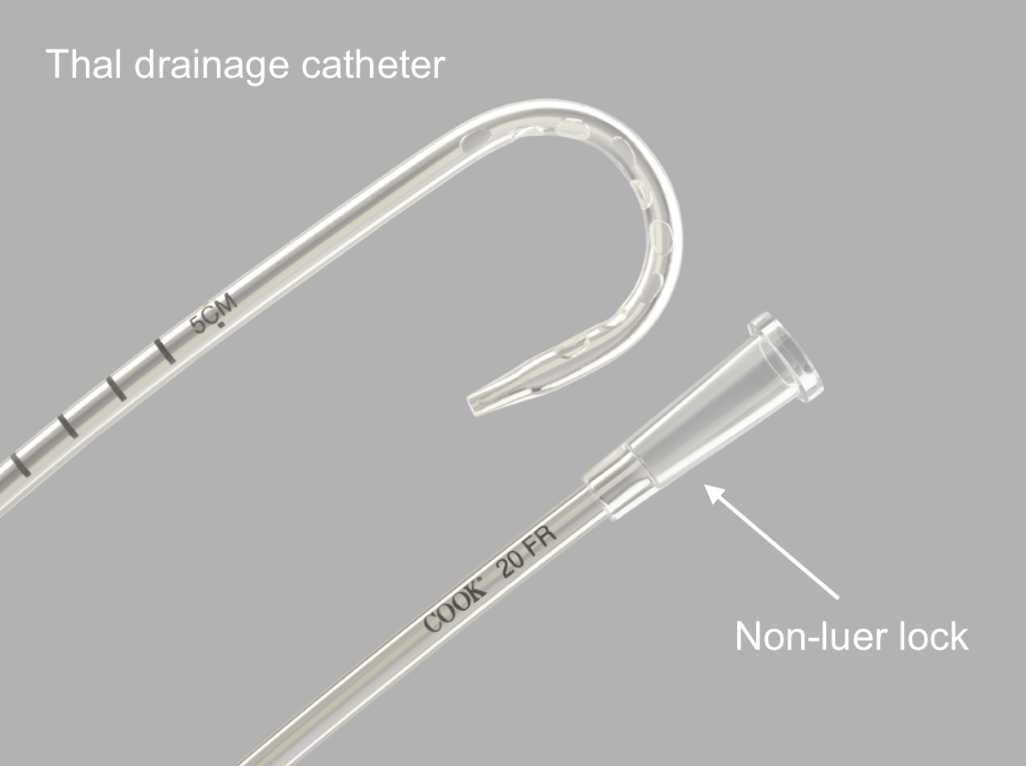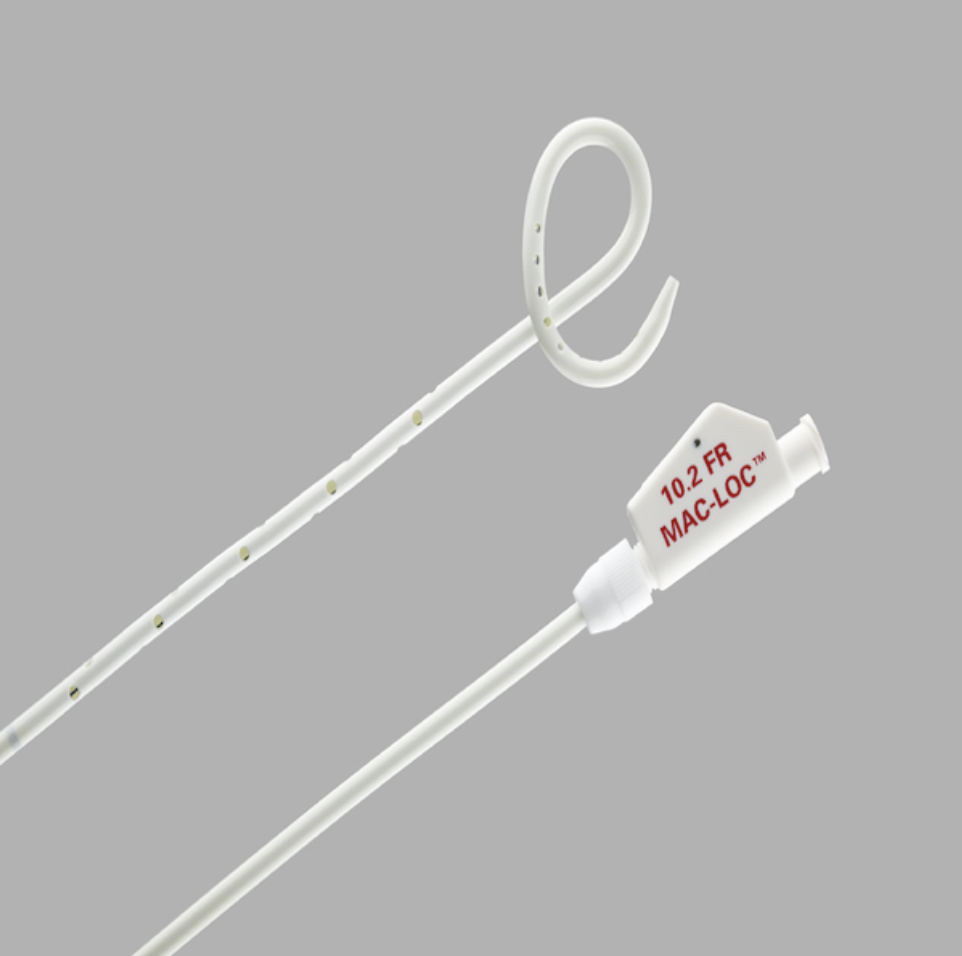Guidewires
Generally made of three components: (1) a central stiff/core wire or “mandril” that gives the wire its stiffness, (2) a safety wire, and (3) a fine wire coiled around the other two held intact by the safety wire.
Wires come in different lengths, diameters, and have different properties (stiffness, shape of the tip, type of outer coating, length of floppy tip)
Wire “taper” = amounts of distal flop or transition between floppy and stiffer part of the wire
Example: Bentson has 15 cm “flop/taper”, a “short flop/short taper” Amplatz has a 1 cm flop/taper
Standard diameter of wires:
0.035” wires (requires at least a 19G needle or 4F catheter)
0.018” microwire
Some cardiac devices require an 0.014” system
Standard Working Wires
Bentson - very floppy, good for vessel access
Rosen - J tipped, good for advancing through large vessels without subselecting small branches
Amplatz (Cook) / Amplatz SuperStiff (Boston Scientific) - good for providing support to advance catheters or drains into position
Lunderquist ExtraStiff (like a coat hanger)
Guiding wires
Hydrophilic coated - very slippery, good for getting through tight spaces, high risk for vessel dissection
Glidewire (Terumo)
Roadrunner (Cook, different coating than glidewire, better for GI tract)
New Hybrid Wires, e.g., Glidewire Advantage - hydrophilic tip with non hydrophilic body
Microwires
Ranging from 0.007” to 0.021”
Commonly use 0.018” in body IR. Smaller wires in neuroIR
Examples: Double-angle GT (hydrophilic, curved end), Fathom (not really hydrophilic and very adjustable), Synchro (softer, floppy), Runthrough (soft and great for tortuosity), V18 (stiff)
Wires 101 - Metal/Working Wires
Wires 101 - Glidewires Wires
Catheters and Sheaths
Sized by French (Fr) where 1 Fr = 0.33 mm or 3 Fr = 1 mm. Catheter Fr size refers to their outer diameter whereas sheath Fr size refers to the largest catheter that will fit through them, i.e., their inner diameter. The outer diameter of a sheath is ~2 Fr larger, so a 5 Fr catheter makes a 5 Fr hole in a vessel whereas a 5 Fr sheath makes a 7 Fr hole in the vessel.
Point of confusion: The terms “guide catheter” or “guide sheath” originated from branding of specific devices but are sometimes used to refer to a long catheter or sheath to provide more stable access and support for a catheter or other devices passed through the “guide catheter or sheath.” The difference is the sizing described above as well as that sheaths tend to have a side arm for flushing while catheters do not.
Sheaths
Sheaths allow to you maintain vascular access and easily exchange your catheter system. They have a side port for flushing and an inner dilator that helps advance the sheath into the vessel. The inner dilator is then removed once in position.
When referring to sheaths, the French size refers to the inner diameter, thereby telling you the largest catheter that will fit through the sheath. The outer diameter of a sheath is ~2 Fr larger, i.e. a 5 Fr sheath makes a 7 Fr hole in the vessel.
Sheaths vary in length (measured in cm ranging from 4-100 cm) and shape (curved vs straight). Some sheaths are “bright tip” - meaning they have a radiopaque marker at the tip.
Peel-away sheaths are a special type of sheath used to introduce a tube or catheter (e.g. tunneled line or gastrostomy tube), which are split in half allowing them to be removed while the tube or catheter remains in place. NOT ALL HAVE VALVES. If inserted into a vein without a finger placed over the opening, a life threatening air embolism can occur when the patient inhales.
Catheters
When referring to catheters, the French size refers to their outer diameter.
Some catheters used to select vessels have one or more curves at the end. If there are multiple curves, the curve closest to the tip is called the “primary curve” with the next closest curve called the “secondary curve” and so on.
Flush catheters (e.g., Pigtail, Omni-flush, Straight) have multiple side holes for large vessel for angiography such as an aortogram, e.g., Pigtail, Omni-flush, Straight
Angled/Selective catheters (e.g. Vert, MPA, Glidecath, Kumpe, Berenstein, Cobra) have various shaped curves near the end to help select vessels.
Reverse curve catheters (e.g. Simmons 1/2/3, Sos-Omni, Mikaelson) have a secondary or tertiary curve in the opposite direction to the primary curve. These must be “formed” in the body rather than simply advancing the catheter. They can be formed over the aortic bifurcation, in the aortic arch, or with suture anchored to the tip by a wire (Tevdek). Alternatively, a non-reverse curved selective catheter can be turned into one by forming a Waltman loop.
Infusion catheters (e.g. Cragg-McNamara, Uni-fuse, Bashir) have multiple holes along the catheter to infuse a medication such as t-PA into a specific vessel.
Microcatheters (e.g. Renegrade, ProGreat, Courier, Marksman) range in size from 2.8 Fr to 1.4 Fr. They can be straight or have curved selective tips like larger catheters. Some are directionable meaning the operator can manually change the curve on the tip of the catheter, e.g., the Swift Ninja microcatheter.
Balloon catheters are straight catheters with a balloon on the end. They vary in terms of the length and diameter of the balloons as well as the pressure (measured in atm) they can produce without bursting. Each balloon catheter will have reported “nominal” and “burst” pressures from the manufacturer.
Nominal pressure = pressure at which the balloon inflates to its reported diameter.
Rated burst pressure = maximum safe pressure where 99.9% of balloons can survival with 95% confidence.
Types of balloon catheters:
Standard - low burst pressure but generally lower cost, e.g., Advance (Cook) can apply 8-15 atm
High pressure - can apply higher pressure, e.g., Dorado (BD) can apply 20-24 atm and Conquest (BD) can apply 20-30 atm
Cutting - balloon has small atherotomes (little razor blades) in the side to break open fibrous/calcified lesions
Drug eluting/coating - balloon is coated with a drug that it delivers into the vessel wall when inflated. Often these are anti-proliferative drugs such as Paclitaxel to help prevent restenosis. Examples include IN.PACT Admiral (Boston Scientific) and Lutonix (BD).
Drainage catheters are used for draining such as an abscess, cholecystostomy, or nephrostomy. Most common are locking pigtail drainage catheters (“Cope catheters”) with internal string used to form and lock the Cope loop (pigtail) once in place. Examples include Cook Multiple Purpose Drain (MPD), Argon Skater, or UreSil. The Cook Dawson Mueller is similar to the MPD but forms a smaller pigtail at the end.
Drainage catheters often come as a kit with a flexible plastic inner stiffener, a rigid metal stiffener, and a trocar stylet to aid with placement or exchange. Generally, the metal stiffener or trocar stylet are used for drain placement whereas the plastic, less rigid stiffener is used for exchanges where there is already an established tract.
Larger drains for thick collections include Cook Gordon (16-22 Fr) and slightly softer Thal-Quick drains (12-28 Fr) with small curve at the end or VonSonnenberg chest tube. Of note, a Thal is one of the only non-luer lock systems. The luer system decreases the effective drain diameter of the other drains, e.g., a 16 Fr MPD must drain through a ~10-12 Fr luer system.
Other types of drainage catheter are designed for a specific use such as a nephroureteral tube where pulling the internal string forms two pigtails, one at the end in the bladder and one in the middle for the renal pelvis. Another example is a biliary drain with extra side holes to allow drainage along the biliary ducts.
Flow control devices
Stopcocks: Plastic or metal connector with side dial to direct flow. These can be one-way (on or off) or two-way (often called a “three-way” allowing flow to be switched between two ports).
Flowswitch: Similar to a one-way stopcock but with switch causing it to be open or closed to flow.
Tuohy-Borst adaptor (often just called a “Tuohy”): Adaptor with hemostatic valve which can be tightened or loosened. Often used with microcatheters attached to the larger base catheter to prevent bleeding back around the microcatheter. Some Tuohy adapators also have a side arm that can be used to flush around the microcatheter and prevent clot formation.


